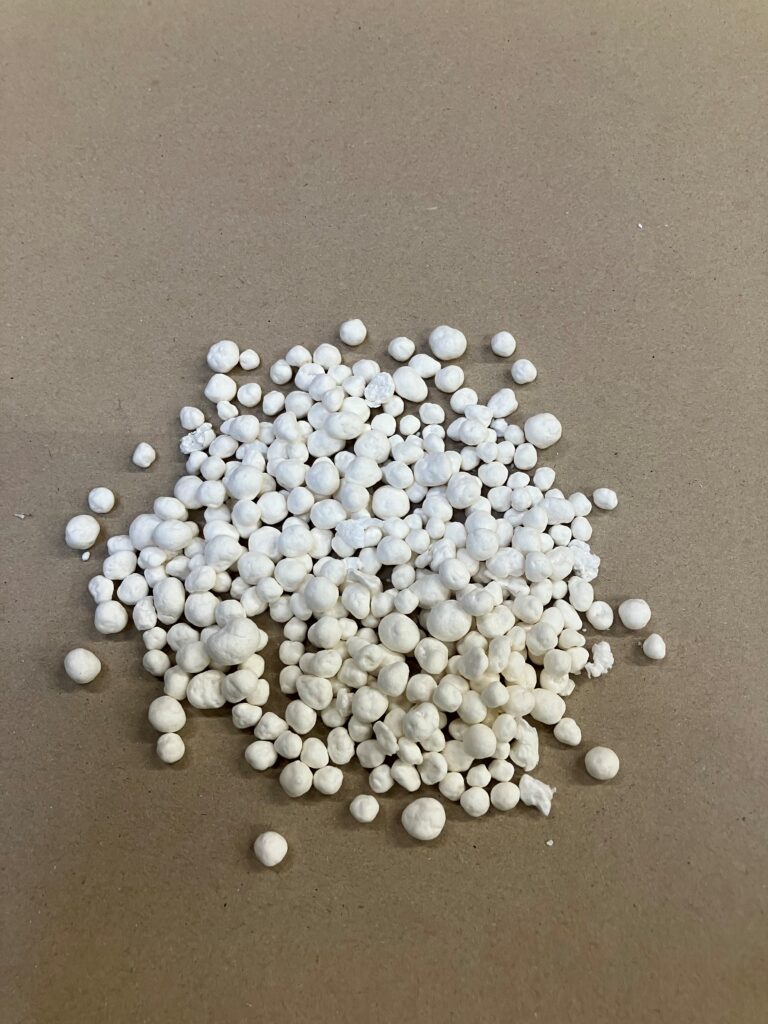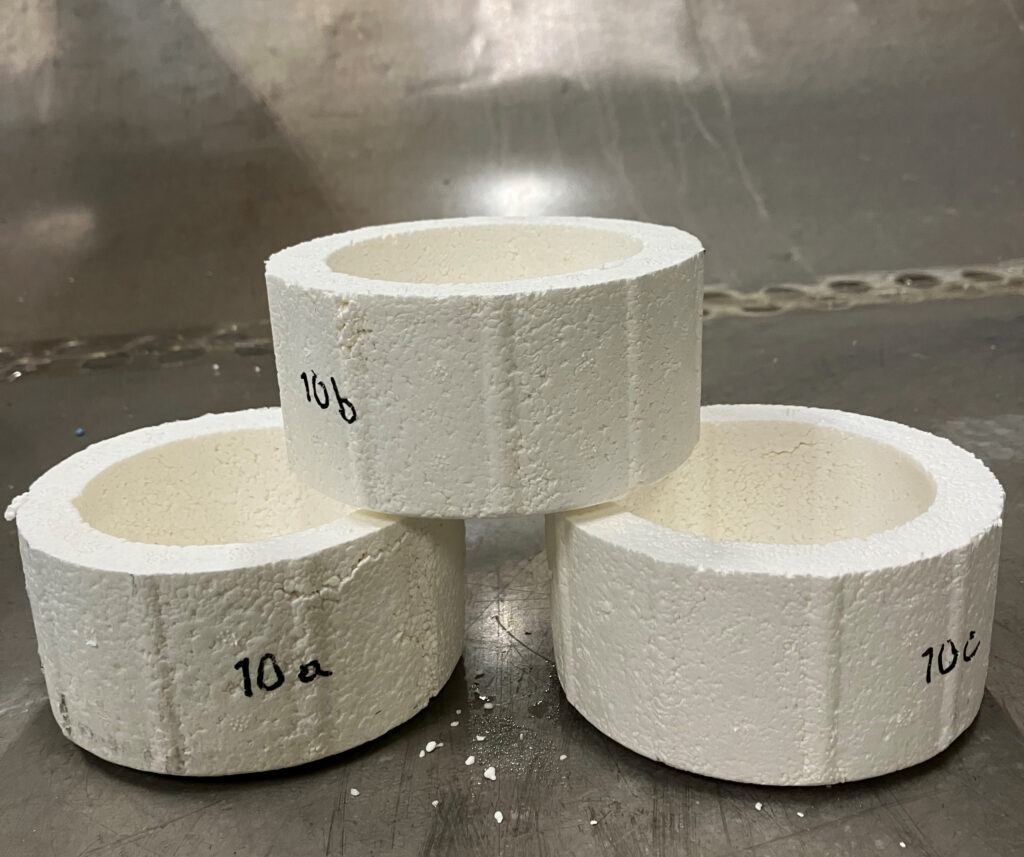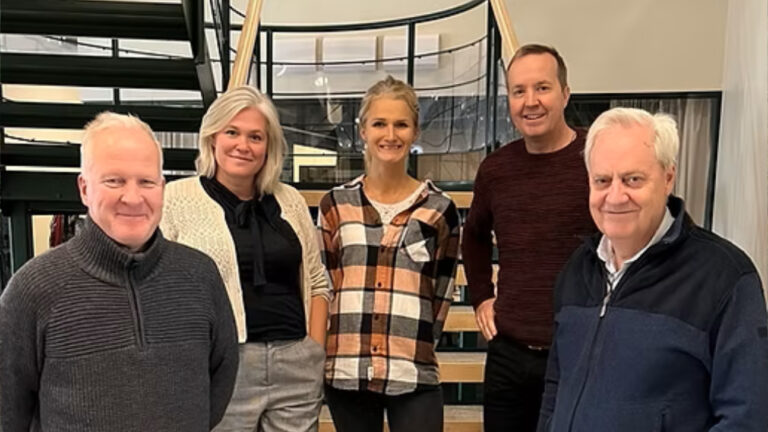CellOfibers was founded with the goal of reducing society’s dependence on fossil-based materials. After years of research, the company has developed Cellofiber Granules (CFG) – an innovative cellulose-based granulate that can replace today’s fossil-based raw material, EPS (expanded polystyrene), which is commonly used for molding Styrofoam products. Molded products using CFG match EPS in performance but have a crucial advantage: they are cellulose-based and can be recycled through standard cardboard recycling systems.
Now, CFG is ready to become a sustainable replacement for Styrofoam in a wide range of applications, including molding, construction, and the packaging industry, among others.

Bio-based granulate
The bio-based granulate is designed as a “drop-in” solution for today’s industrial EPS production units, meaning it can be molded using the same machines and techniques as traditional EPS manufacturing.
– Our initial customers are companies that currently mold EPS. With our solution, they can transition to a sustainable alternative without significant investments in new machines or processes, says Jonas Norell, Business Development & Marketing at CellOfibers.
The company sees vast opportunities in the packaging sector, where more companies are seeking plastic-free alternatives to comply with new environmental regulations and the growing demand for sustainable solutions. There is no doubt about the market’s interest—demand for our bio-based granulate is high. We are actively engaging with leading industrial companies worldwide.
Preparing for a business expansion
The granulate is initially manufactured in Lindesberg, where the company is based, and production will then expand to other strategically chosen locations in Europe. In Lindesberg, CellOfibers’ first customer is the established packaging company Lindepac. Three of Lindepac’s customers – Durgo AB, Tormek AB, and Franke Intl – are involved in practical testing, including field tests in various climate zones, to ensure the material’s performance in different environments.

– Our ambition is to drive the development of sustainable packaging forward, and with CellOfibers’ fantastic material, we see great opportunities to reduce plastic usage in the industry, says Jonas Norell.
CellOfibers is now preparing to scale up its operations.
– We are currently securing capital to scale up and take the next step. With the right resources, we can increase production, reach a broader market, and meet the rapidly growing demand, Jonas Norell adds.
A Global Trend to Reduce EPS Usage
CellOfibers’ product is timely – the world is rapidly moving away from EPS due to its environmental impact and recycling difficulties. Many countries have already implemented laws banning or restricting EPS use. At the same time, the EU is tightening regulations further with the new “Packaging and Packaging Waste Regulation (PPWR),” which came into effect at the end of 2024. This regulation mandates that all packaging must be recyclable and includes specific provisions to reduce EPS usage.
– Plastic pollution is one of the greatest environmental challenges of our time, and EPS is particularly problematic because it is difficult to recycle. As more countries restrict EPS, the demand for sustainable alternatives is increasing. We are proud to be part of this transition and to offer a solution, Jonas Norell continues.
Further Applications Ahead
Looking ahead, CellOfibers also aims to expand its production and broaden its areas of application. Work is already underway to explore how the material can be integrated into the construction industry and other sectors where foam plastics have traditionally dominated.






